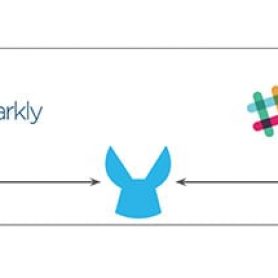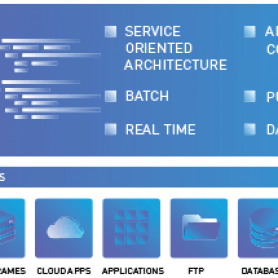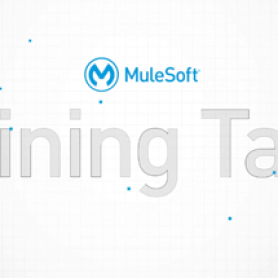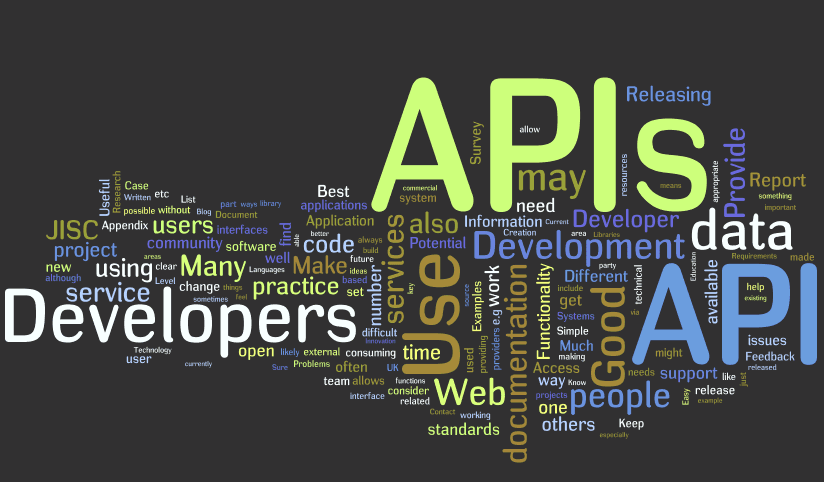Designing for change with APIs: User provisioning automation at MuleSoft
Onboarding new employees in an organization has become a major headache for IT teams in every industry. With the advent of cheap cloud applications and
HowTo: Using flow designer to check feature flags and user profiles – Part 4
This blog is the fourth and final part in a 4-part series on how to use a Slack bot to extract LaunchDarkly data. If
HowTo: Using flow designer to check feature flags and user profiles – Part 3
This blog is the third part in a four-part series on how to use a Slack bot to extract LaunchDarkly data. If you haven’t
HowTo: Using flow designer to check feature flags and user profiles – Part 2
This demo demonstrates how to use Anypoint Design Center's flow designer to extract LaunchDarkly data (feature flags) using a Slack bot. The purpose of
Mule Maven Plugin: Deploying Mule apps using stored encrypted credentials
A somewhat "hidden feature" of the Mule Maven Plugin is the ability to use stored encrypted Anypoint user credentials in deployments. Normally, when deploying
How to deploy a Mule application with a Maven and Jenkins pipeline
Mule applications and deployments can be fully managed using Maven. In the development phase, Anypoint Studio makes it easy to manage your application dependencies
Mule 4: Migrating DevKit projects to the new Mule SDK
A few days ago, we proudly announced the GA release of Mule 4 and Studio 7, a major evolution of the core runtime behind
How to fit an API fragment into a RAML API specification
It has been a year since we kicked off Training Talks, a blog series that focuses on insightful, how-to videos that address common MuleSoft
What type of API is right for my project?
There are various types of APIs, the most popular of which is Web API––otherwise known as a Web Service. A Web API provides an
Three common API design mistakes and how to overcome them
Jason Harmon, head of APIs at engaging forms tool Typeform, and namesake of the JSON schema, gave a fantastic proactive talk at a recent APIdays conference about “the

















